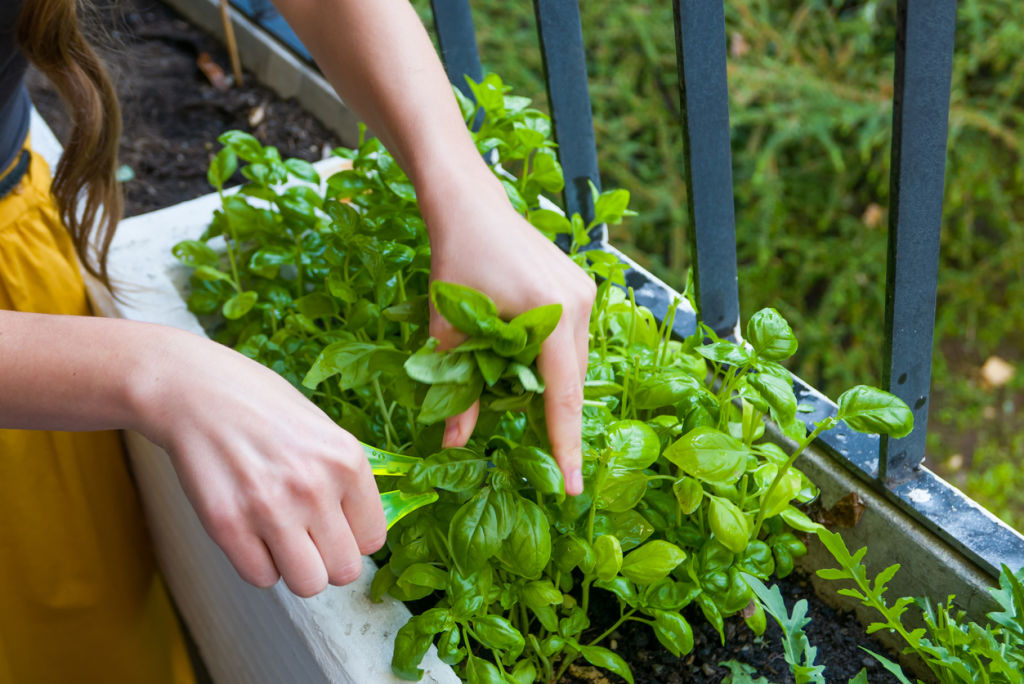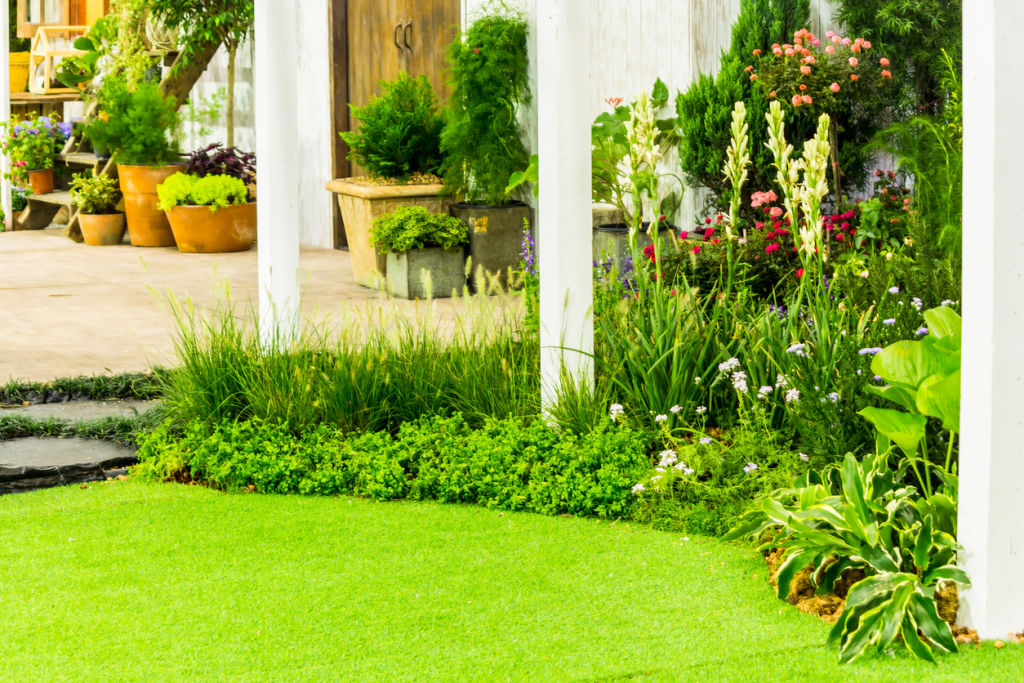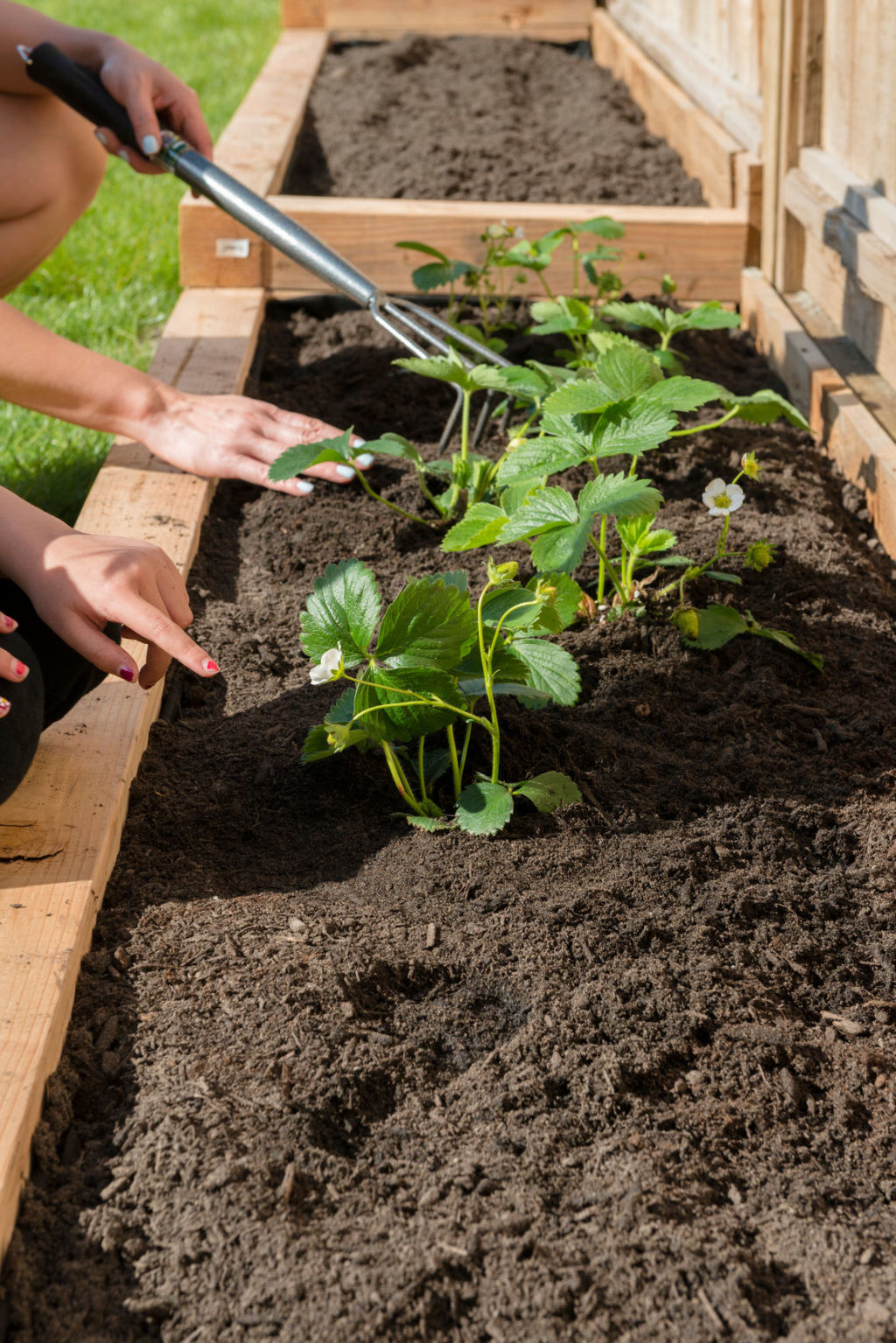What can you take from your garden when you move house?

If you think moving house is a complicated business, spare a thought for the green thumbs who would be uprooting not only themselves, but also (literally) their favourite plants and flowers.
For many gardeners, rare plants and unique botanical collections count as treasured possessions as deserving of a spot in the moving van as grandma’s antique fine bone china set.
Leaving them behind would be unthinkable, especially if there’s a chance that the new owners or occupiers wouldn’t know the difference between a marigold and a magnolia.
On the other hand, the buyer of the house may also be counting on showing off that well-tended Red Robin photinia hedge, so if you’re plant proud, it always pays to think about what you want to take with you and how to go about doing it.
Erica Kinder has moved many times and each time she has moved favourite plants with her.

“We brought about 20 roses from Nelson. All the peonies were lifted in chunks and brought over on the ferry, as were rhodos and some big camellias. I’ve got a ‘Sugar Plum’ rose from our house in Gisborne that’s moved six times!”
Kinder even has experience flying her plants across the country. All you have to do, she says, is make sure to book a check-in suitcase, then take plants out of containers, wrap them in damp newspaper, then in plastic bags. “This way, you can lay many plants in a suitcase,” she says. “My record is 20 in my suitcase. I have had to shake dirt out of toiletries and shoes, but it’s well worth it.”
- Related: The six mistakes you’re making with your outdoor area
- Related: This plant trend is taking Australian gardens by storm
- Related: The best indoor plant trends for 2019
All this is contingent on your plants being a portable size, of course. It’s a simple enough proposition for the potted plants. “I’ve been carrying one of my houseplants, a type of euphorbia, around with me since 1998,” says Rachel Clare, editor of gardening ezine Get Growing.
And vegetables and herbs planted in garden beds or in the ground are easily harvested. If they’re not quite ready for the cooking pot, consider leaving it for the new family as a welcome gift.
But the situation gets more tricky with larger shrubs and trees. For one thing, many large plants are well-established and comfortable where they are. Moving them could cause more harm than good, making them vulnerable to pests and diseases, or expose them to less-than-ideal conditions in their new situation.
Depending on the plant, it may also be costly to relocate, requiring specialist landscaping or arborist knowledge and moving equipment. And if you have to move at the “wrong” time of year for transplanting, it’s just not worth it.
Most importantly, it could simply be illegal. “Anything in the ground cannot be taken unless there is an agreement in place,” says real estate agent Sharon Kenny.

In a standard sales and purchase agreement, large garden ornaments, outdoor sculptures, fountains and such could be counted as chattels that go with the property. “If it’s fixed but you want to take it with you, it’s best to put it in writing,” she says.
This is not as far-fetched as it would seem at first glance, especially if one is a passionate gardener like Barbara Smith.
“I’d make sure these things were listed as not part of the fixtures or chattels,” she says, then proceeds to tick off what she would take if she ever had to move away from her garden: Pots and wall planters, plant supports (climbing Jack frames, tepees, freestanding trellis), garden ornaments, rain gauge, stepping stones, bird bath, hoses, watering system, outdoor furniture, decorative plant labels, outdoor plant shelving, outdoor tool storage, her two worm farms and the compost bin, and “possibly the tiny garden shed if needed at new house.”
(But would-be buyer, worry not. Smith pledges not to take her veggies or flowering plants, and she would leave the lizard habitat, weta hotel, insect hotel and bird boxes if you intended to keep them in situ.)
As with moving house, planning is key. There are several perfectly legal ways to bring beloved botanicals along if you have had time to plan.

Take cuttings
Many types of plants, including fruit trees, climbers, flowers and perennials can be propagated from cuttings. Ideally, do this a year before you have to go, so you know for sure they struck.
Rachel Clare tends a rose that she considers to be over a century old, passed down from her great-great-grandfather Matthew MacDonald. Various family members have been striking cuttings from the plant every time they move into a new garden.
Divide clumps
Flowering bulbs and shrubs tend to be hardy and easy to propagate this way. Daffodils, irises, lilies and daylilies, kniphofias, clivias, alstroemerias and many other plants love this kind of treatment and will thrive in a new spot.
Lift bulbs
It’s common to lift and store bulbs, and if you care enough to want to bring them along to your new garden, you’ll likely know how to do this already.
Collect seeds
This is worth doing if you have particularly rare or unusual plants you can’t take with you.
But if it’s just your stock standard herbs or flowering annuals, you’re better off buying them from the garden centre once you’ve moved – if only because you’re more likely to forget which box you packed the seeds in.
Start over
Finally, let’s not forget there is a completely different option, which is to leave it all behind. Cut the apron strings and embrace new pastures. Grab the chance for change and exciting new planting schemes.
— This originally appeared on Stuff
We recommend
We thought you might like
States
Capital Cities
Capital Cities - Rentals
Popular Areas
Allhomes
More







